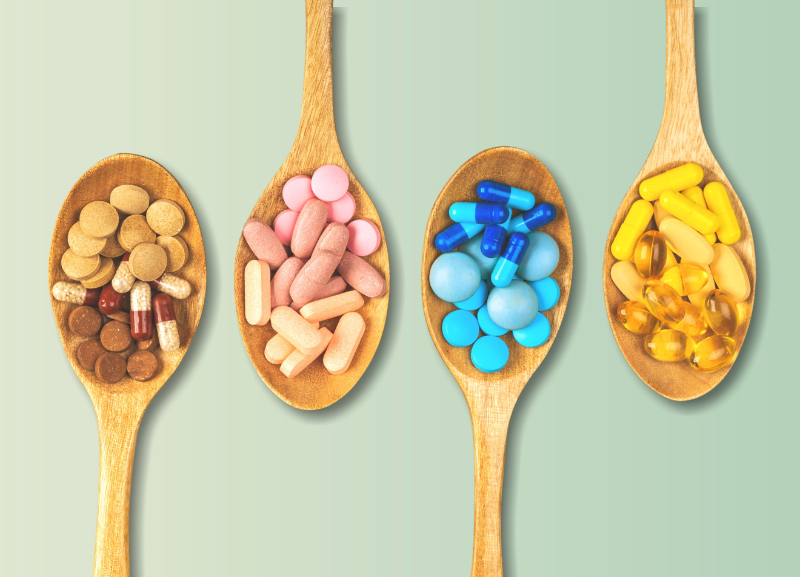Niacin (nicotinic acid) is a B vitamin that's used to turn carbohydrates into energy, in the body. It is water-soluble, and so is not stored in the body. So we need a continuous supply of such vitamins in the diet.
Severe deficiency of niacin in the diet causes the disease Pellagra, which is characterized by diarrhea, dermatitis, and dementia, as well as “Casalls necklace” lesions on the lower neck, hyperpigmentation, thickening of the skin, inflammation of the mouth and tongue, digestive disturbances, amnesia, delirium, and eventually death, if left untreated. These symptoms are associated with irritability, poor concentration, anxiety, fatigue, restlessness, apathy, and depression.
Niacin can raise HDL cholesterol — the “good” cholesterol — by 15 to 35 percent. Higher amounts of niacin can improve cholesterol levels and lower cardiovascular risks. It also modestly lowers bad LDL cholesterol.
In addition, niacin is an FDA-approved treatment for pellagra, a rare condition that develops from niacin deficiency.
It participates in at least 200 different chemical reactions involved in energy production. It is also necessary for the production and breakdown of glucose, fats, and amino acids. It controls the development, maintenance, and function of the skin, intestine and stomach, and nervous system. It has a crucial role in manufacturing DNA.
The following is a list of foods that are natural niacin sources, which contain at least 1.0mg niacin per 3 1/2 oz (100g):
- Peas
- Mushrooms
- Red meat
- Chicken
- Corn
- Mullet
- Salmon
- Swordfish
- Kidney beans
- Peanuts
- Soya beans
Therapeutic effects
- Has the power to increase immunity
- to lower LDL and increase HDL
- Has anti atherosclerotic property.
- Has neuroprotective and anti-inflammatory effects
- Helps in arthritis, renal failure etc.
Daily Dose
Infants
- 0 - 6 months: 2* milligrams per day (mg/day)
- 7 - 12 months: 4* mg/day
*Adequate Intake (AI)
Children
- 1 - 3 years: 6 mg/day
- 4 - 8 years: 8 mg/day
- 9 - 13 years: 12 mg/day
Adolescents and Adults
- Males age 14 and older: 16 mg/day
- Females age 14 and older: 14 mg/day
Specific recommendations depend on age, gender, and other factors (such as pregnancy). Women who are pregnant or breast-feeding need higher amounts.

Vitamins
Understand how the many different vitamins are the big players of the human body.

Amino Acids
These are the building blocks of the proteins that power every essential machinery in the human body.


Others
Browse about various other important topics.
